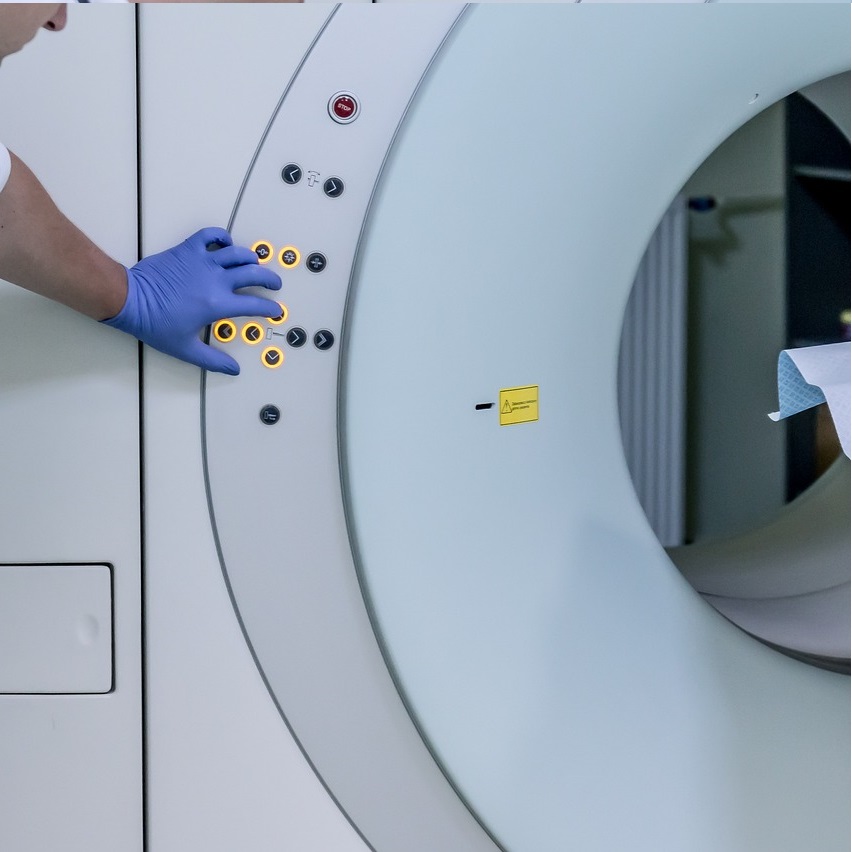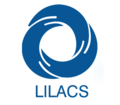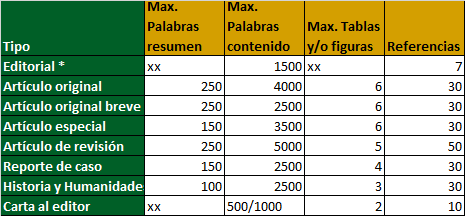Multi-omic synergy and clinical diagnosis: toward precision medicine and early detection
DOI:
https://doi.org/10.37711/rpcs.2025.7.2.1Abstract
For decades, traditional clinical tests (blood counts, blood glucose, lipid profiles, urine tests, or diagnostic imaging such as X-rays) have been essential for diagnosing diseases; however, these tests often detect physiological or anatomical changes in relatively advanced stages of the disease. Today, technological advances allow us to speak of the "omic sciences," disciplines that study molecules more comprehensively. Together, these molecules comprise the mechanisms that govern the biological functions of organisms. When integrated with traditional clinical tests and family history, they promise to improve the early detection, prediction, and diagnosis of diseases.
Downloads
References
1. Milner DA, Lennerz JK. Technology and Future of Multi-Cancer Early Detection. Life (Basel) [Internet]. 2024 [Consultado el 18 de mayo de 2025];14(7):833. https://doi.org/10.3390/life14070833
2. Guio H. Towards personalized medicine: Implications of basic sciences and the “omics” in clinical practice. Rev Peru Med Exp Salud Publica [Internet]. 2015 [Consultado el 18 de mayo de 2025];32(4):629-632 https://doi.org/10.17843/rpmesp.2015.324.1751
3. Trujillano D, Weiss M, Schneider J, Köster J, Papachristos E, Saviouk V, Zakharkina T, Nahavandi N, Kovacevic L, Rolfs A. Next-Generation Sequencing of the BRCA1 and BRCA2 Genes for the Detection of Mutations in Breast and Ovarian Cancer Patients. J Mol Diagn [Internet]. 2015 [Consultado el 18 de mayo de 2025];17(2):162-170. https://doi.org/10.1016/j.jmoldx.2014.10.002
4. Davies H, Glodzik D, Morganella S, Yates L, Staaf J, Zou X, et al. Detect is a predictor of BRCA1 and BRCA2 defciency based on mutational signatures. Nat Med. [Internet]. 2017 [Consultado el 18 de mayo de 2025];23(4):517-525. https://doi.org/10.1038/nm.4292
5. Ashenhurst J, Sazonova O, Svrchek O, Detweiler S, Kita R, Babalola L, et al. A Polygenic Score for Type 2 Diabetes Improves Risk Stratifcation Beyond Current Clinical Screening Factors. Front Genet. [Internet]. 2022 [Consultado el 18 de mayo de 2025];13:871260. https://doi.org/10.3389/fgene.2022.871260
6. Wang K, Hu T, Tai M, Shen Y, Lin S, Guo Y, et al. Pathogenicity of the LDLR c.97C>T (p.Gln33Ter) Mutation in Familial Hypercholesterolemia. Molecular genetics & genomic medicine [Internet]. 2024 [Consultado el 18 de mayo de 2025];12(11): e70030. https://10.1002/mgg3.70030
7. Hedegaard B, Bork C, Kanstrup H, Thomsen K, Heitmann M, Bang L, et al. Genetic testing increases the likelihood of a diagnosis of familial hypercholesterolaemia among people referred to lipid clinics: Danish national study. Atherosclerosis [Internet]. 2023 [Consultado el 18 de mayo de 2025];373:10-16. https://10.1016/j.atherosclerosis.2023.04.003
8. Sánchez-Forgach E, Carpinteyro-Espín U, Alemán-Áviles J, Sánchez-Basurto C. Validación y aplicación clínica de MammaPrint® en pacientes con cáncer de mama. Cirugía y Cirujanos [Internet]. 2017 [Consultado el 18 de mayo de 2025];85(4):320-324. https://10.1016/j.circir.2016.10.019
9. Guio H, Aliaga-Tobar V, Galarza M, Pellon-Cardenas O, Capristano S, Gomez H, et al. Comparative Profiling of Circulating Exosomal Small RNAs Derived From Peruvian Patients With Tuberculosis and Pulmonary. Front. Cell. Infect. Microbiol [Internet]. 2022 [Consultado el 18 de mayo de 2025];12. https://doi.org/10.3389/fcimb.2022.909837
10. Zürbig P, Jerums G, Hovind P, Macisaac RJ, Mischak H, Nielsen SE, et al. Urinary proteomics for early diagnosis in diabetic nephropathy. Diabetes [Internet]. 2012 [Consultado el 18 de mayo de 2025];61(12):3304-3313. https://10.2337/db12-0348
11. Li J, Yu Y, Sun Y, Fu Y, Shen W, Cai L, et al. Nuclear magnetic resonance-based metabolomics with machine learning for predicting progression from prediabetes to diabetes. Elife [Internet]. 2024 [Consultado el 18 de mayo de 2025];13. https://10.7554/eLife.98709
12. Suvitaival T, Bondia-Pons I, Yetukuri L, Pöhö P, Nolan J, Hyötyläinen T, et al. Lipidome as a predictive tool in progression to type 2 diabetes in Finnish men. Metab. Clin. Exp[Internet]. 2018 [Consultado el 18 de mayo de 2025];78:1-12. https://10.1016/j.metabol.2017.08.014
13. Cephe A, Kochan N, Aksel E, Ipekten F, Yerlitas S, Zararsiz G, et al. Bioinformatics and biostatistics in precision medicine.
Oncology: Genomics, Precision Medicine and Therapeutic Targets [Internet]. 2023 [Consultado el 18 de mayo de 2025];189-235. https://10.1007/978-981-99-1529-3_8
14. Brancato V, Esposito G, Coppola L, Cavaliere C, Mirabelli P, Scapicchio C, et al. Standardizing digital biobanks: integrating imaging, genomic, and clinical data for precision medicine. J Transl Med [Internet]. 2024 [Consultado el 18 de mayo de 2025];22(1):136. https://10.1186/s12967-024-04891-8
15. Vlasova-St. Louis I, Fang D, Amer Y, Mohei H. COVID-19- Omics Report: From Individual Omics Approaches to Precision Medicine. Reports [Internet]. 2023 [Consultado el 18 de mayo de 2025];6(4):45. https://10.3390/reports6040045
16. Song J, Wang C, Zhao T, Zhang Y, Xing J, Zhao X, et al. Multi-omics approaches for biomarker discovery and precision diagnosis of prediabetes. Front Endocrinology (Lausanne) [Internet]. 2025 [Consultado el 18 de mayo de 2025];16:1520436. https://10.3389/fendo.2025.1520436

Downloads
Published
Issue
Section
License
Copyright (c) 2025 Heinner Guio, Luisa Napan-Aldazabal

This work is licensed under a Creative Commons Attribution 4.0 International License.





















